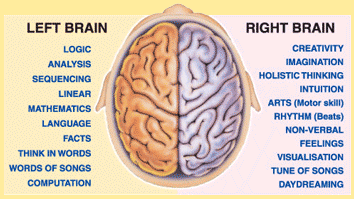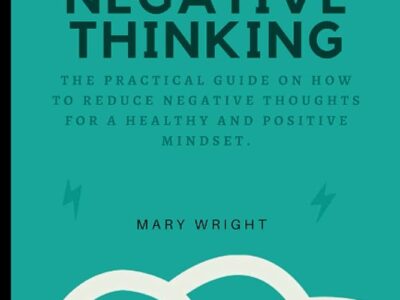Many individuals struggle with accessing their creative side and wonder how they can turn off the left brain, known for its logical and analytical thinking. By learning how to break away from this linear mindset and shift towards a more imaginative thought process, you can unlock your full creative potential. In this article, we will explore strategies for turning off the left-brain functions and embracing the artistic power of the right hemisphere.
The Science Behind Left-Brain Dominance
Before diving into methods for turning off the left brain, it is essential to understand the science behind our brain’s hemispheres. The human brain is divided into two halves – the left and the right – each responsible for different cognitive functions. The left brain is associated with logic, reasoning, language, and analytical thinking. In contrast, the right brain is responsible for creativity, intuition, emotions, and spatial awareness.
While both sides are crucial for various tasks, many people tend to rely more heavily on their left brain. This dominance can hinder creative thinking and lead individuals to become stuck in patterns that limit their ability to see new perspectives and solutions.
Strategies to Turn Off the Left Brain
To unleash your creativity and access the full range of your mind’s abilities, consider incorporating these techniques for turning off your left brain:
Meditation and Mindfulness
One of the most effective ways to quiet the noise of the left brain is through meditation and mindfulness practices. These exercises help calm the constant chatter in our minds and allow us to tap into our inner thoughts and feelings without judgment or analysis. Sit quietly for a few minutes each day, focusing on your breath and observing your thoughts without engaging in them. This practice of mindfulness helps create a mental space for the right brain to flourish.
Engage in Artistic Activities
Artistic activities, such as drawing, painting, sculpting, and writing, can help shift your focus away from the left-brain functions and into the realm of creativity. These activities do not have to be perfect or even shared with others – the key is to enjoy the process and let go of any self-criticism. By regularly engaging in creative endeavors, you will find it easier to switch off the logical side of the brain and access the intuitive power of the right hemisphere.
Listen to Music or Engage in Dance
Music and dance are both powerful tools for accessing the right brain and unlocking creativity. By listening to music without lyrics or engaging in freestyle dancing, you allow yourself to connect with your emotions and intuition, overriding the analytical tendencies of the left-brain.
Break Your Routine
Stepping out of your comfort zone by breaking routines can also help turn off the left brain’s dominance. Consider mixing up your daily schedule or trying new activities that challenge your usual thought patterns. This could involve taking a different route to work, experimenting with new recipes, or even striking up conversations with strangers. The goal is to engage in activities that force you to see the world from a fresh perspective and think creatively about everyday situations.
Additional Tips for Boosting Creativity
In addition to the strategies mentioned above, here are some additional tips to encourage right-brain thinking and boost your creativity:
- Keep a journal: Regularly jot down your thoughts, feelings, and ideas in a journal to help you explore your inner world without the pressure of external validation or judgment. This practice can also help you identify patterns that may be limiting your creative potential.
- Embrace daydreaming: Allow yourself to daydream and let your mind wander, as this can help unlock new ideas and perspectives that may have been buried beneath the surface of your conscious thoughts.
- Read widely: Expose yourself to a variety of books, articles, and other written materials to challenge your existing beliefs and stimulate new ways of thinking. Look for content that goes beyond your usual interests or comfort zone to encourage mental growth and creativity.
- Limit screen time: Reducing the amount of time spent in front of screens, whether it’s television, computers, or smartphones, can help you break free from the passive consumption of information and engage more deeply with your own thoughts and feelings.
By incorporating these techniques into your daily life, you will begin to notice a shift away from left-brain dominance and towards a more balanced and creative state of mind. Remember, this process takes time and patience, so don’t become discouraged if progress seems slow at first. With consistent practice, you will gradually unlock your right brain’s full potential and unleash your creativity.








Comments